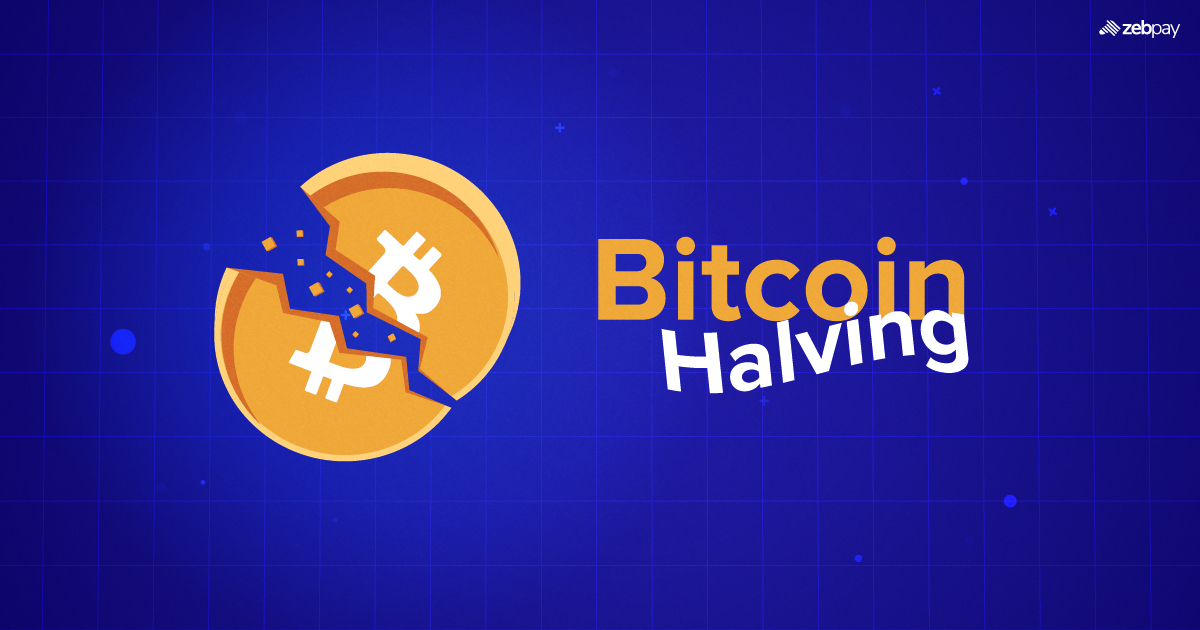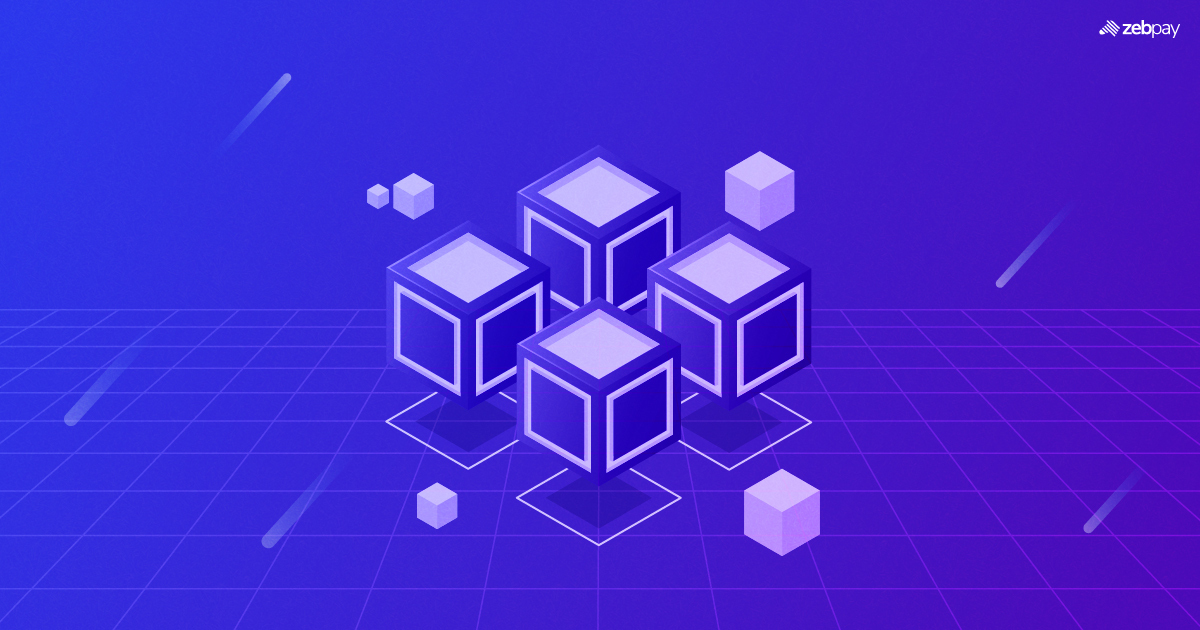Introduction
Bitcoin is the first crypto asset brought to the masses. It is a digital equivalence to precious metals like gold and silver. The similarities don’t end here. Bitcoin also replicates the scarcity of the precious metals. Bitcoin is a deflationary network where the supply of tokens is limited. Total number of Bitcoin tokens ever to be available is 21 million. Out of these, 19 million are mined already. So, about 2 million BTCs are left to be mined and brought to the network. The availability of tokens to be mined largely depends on the halving process.
What is Bitcoin Halving?
Bitcoin rewards the miners, as do other cryptos. Bitcoin is committed to replicating the availability of precious metals in nature. It does that through the process of Bitcoin halving. Bitcoin Halving is the process of halving the rewards given to Bitcoin miners. This makes the mining process less profitable, thus discouraging minors and restricting the Bitcoin supply in the network. This also pushes for energy-efficient ways of mining.
How Does Bitcoin Halving Work?
Bitcoin transactions are verified by a decentralised network of minors, where they use complex mathematics to add a batch of transactions to the Bitcoin blockchain. The successful miner is rewarded with 6.25 BTC, currently valued at around $431,443, serving as a strong motivation for miners to maintain the smooth operation of the Bitcoin transaction network.
These transaction blocks are added approximately every 10 minutes, and the Bitcoin code stipulates that the miner’s reward is halved after every 210,000 blocks are created. This event occurs roughly every four years, often coinciding with increased Bitcoin price volatility.
How Does Bitcoin Mining Impact Crypto Market
Bitcoin is the gold standard for the crypto ecosystem. Factors affecting Bitcoin also move the crypto market as well. And Bitcoin halving is a big event that occurs every 4 years. As halving restricts the supply, similar demands can push the prices up. This shows why people, in anticipation of halving, tend to invest significantly more.
The economics of Bitcoin halving pushes the prices up. This also leads to increased interest of people in crypto. Bitcoin Halving affects the whole crypto ecosystem. Let us see how halving has affected the price of Bitcoin historically.
How Bitcoin Halving Has Historically Effected Bitcoin Price
The crypto community eagerly awaits the Bitcoin halving event, evident in the surge in Bitcoin’s price. Throughout the beginning of 2024, the collective sentiment within the crypto community has been steadily increasing. Here are some key indicators to consider:
Historical Trends and Patterns:
- First Halving: Occurred on November 28, 2012, reducing the block reward from 50 BTC to 25 BTC. Price grew from $13 to $1,152
- Second Halving: Took place on July 16, 2016, lowering the block reward to 12.5 BTC. Price grew from $664 to $17,760
- Third Halving: Happened on May 11, 2020, decreasing the block reward to 6.25 BTC. Price grew from $9,734 to $67,549
Read more: Bitcoin Price Prediction
Factors Contributing to Pre-Bitcoin Halving Enthusiasm:
In addition to recognising historical trends, another factor driving excitement among traders is the reduction in the number of tokens mined during halving. This decrease in supply, coupled with sustained demand, typically leads to price increases. The deflationary characteristic of Bitcoin plays a significant role in driving up the value of BTC.
BTC Halving Potential Risks and Challenges
The Bitcoin algorithm governs the occurrence of halving based on a specific block creation threshold. While the exact timing of the next halving remains uncertain, experts are eyeing May 2024 as a probable date, aligning closely with the four-year interval since the previous halving.
The intentional predictability of Bitcoin halvings aims to prevent significant disruptions to the network, according to experts. However, this predictability does not eliminate the likelihood of heightened trading activity surrounding Bitcoin’s upcoming halving.
“Traditionally, there is notable volatility in Bitcoin’s price leading up to and following a halving event,” notes Rob Chang, CEO of Gryphon Digital Mining, a privately held Bitcoin mining company. “Nevertheless, Bitcoin’s price typically experiences substantial growth in the months following.”
While various factors impact Bitcoin’s price dynamics, halving events generally exhibit a bullish trend for the crypto once initial volatility subsides.
Richard Baker, CEO of TAAL Distributed Information Technologies, a miner and blockchain services provider, advises investors to exercise caution regarding the next Bitcoin halving. While scarcity can drive price appreciation, a reduction in mining activity could potentially stabilise the price.
How to Prepare for Bitcoin Halving
The Bitcoin halving incentivises the use of more efficient computing resources. As the block reward diminishes, there is a greater impetus for the adoption of efficient machinery. The anticipation of Bitcoin’s price surge has generated excitement among individuals, contributing to the upward trend in the market since the beginning of 2024.
Read more: Pre Bitcoin Halving: Strategies And Predictions
Conclusion
In conclusion, Bitcoin halving is a crucial event in the Bitcoin network, reducing miner rewards and restricting token supply. Historically, halving has led to increased price volatility and growth, driven by the deflationary nature of Bitcoin. As the next halving approaches, investors should be aware of potential risks and opportunities, considering the balance between scarcity and reduced mining activity. To prepare, consider adopting efficient computing resources and staying informed about market trends. However, there are always some risks involved. We are not financial advisors and we suggest investors research before making any investment decisions.
If you found this blog to be useful, do share it with other like-minded crypto enthusiasts. Click on the button below to begin your crypto trading journey using ZebPay.







